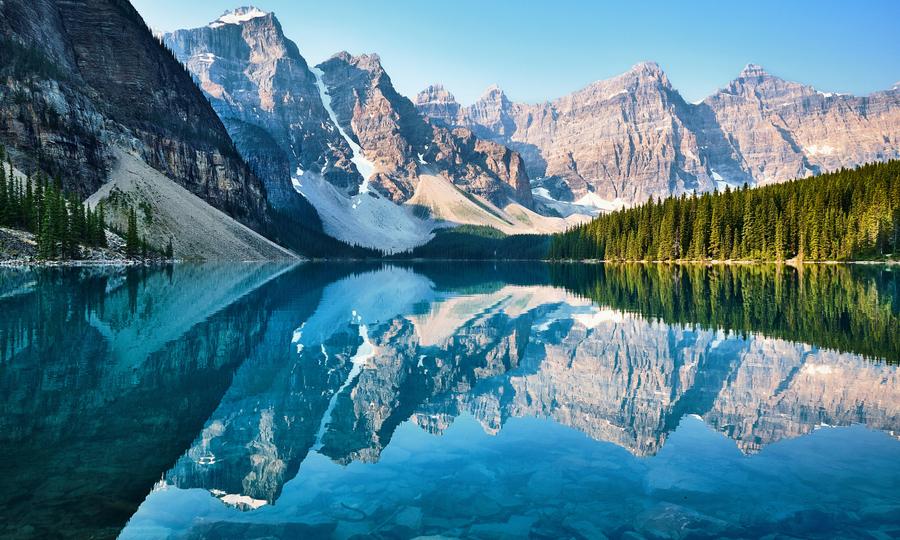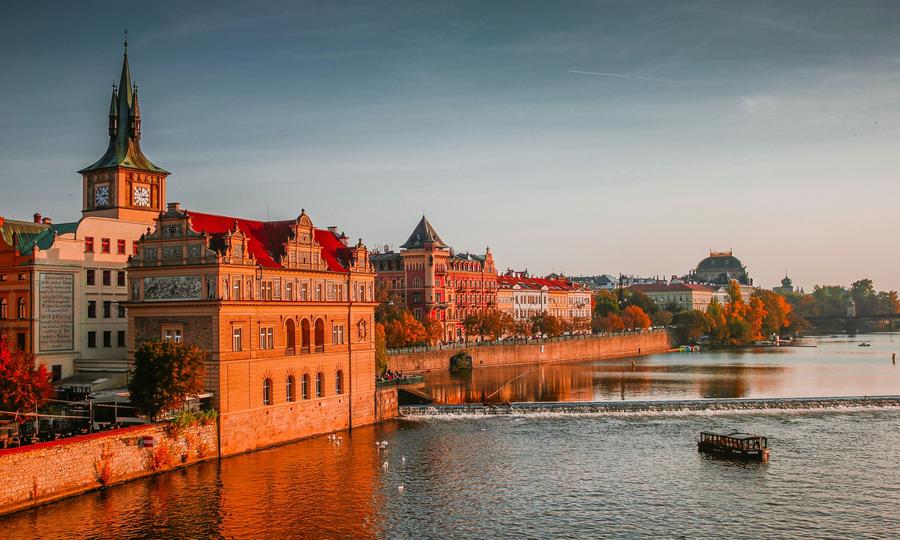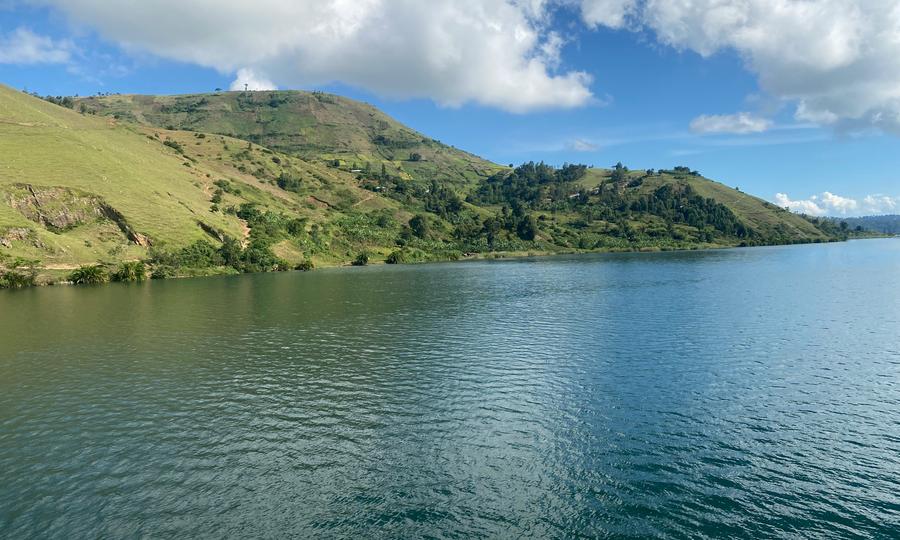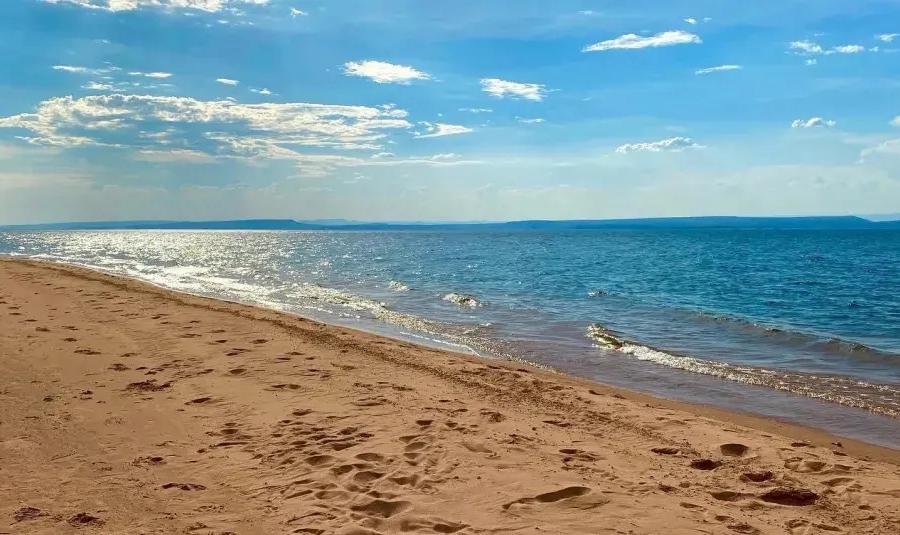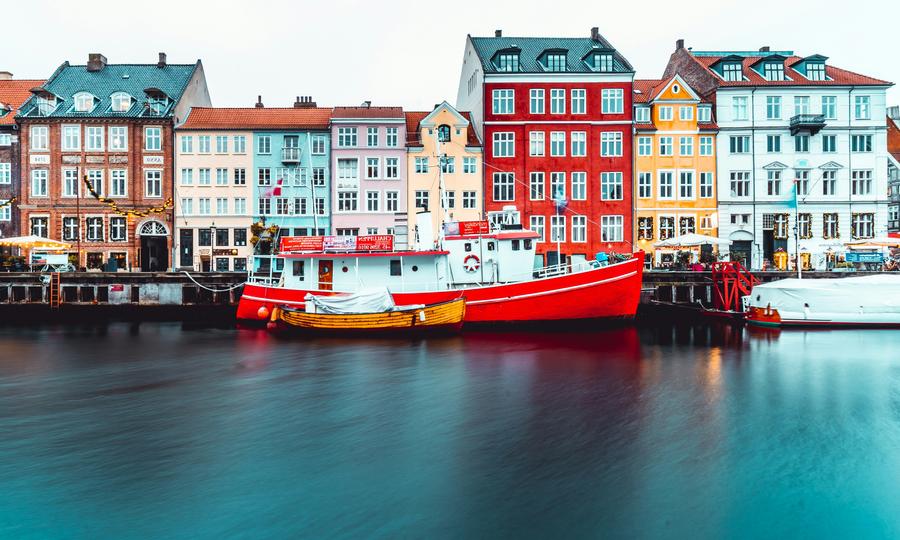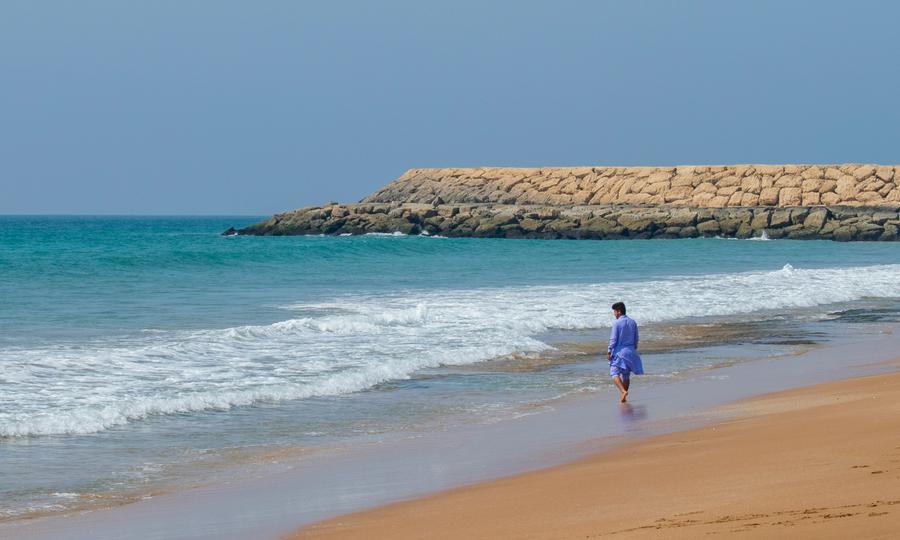Introduction
In Canada, nudism—also known as naturism—has gained popularity among both locals and tourists. However, understanding the legal framework surrounding nudism in Canada is essential, particularly when visiting nude beaches or engaging in naturist activities. This guide provides a detailed look at nudism laws in Canada, their cultural significance, and tips for travelers.

Understanding Nudism Laws in Canada
Federal and Provincial Regulations
Nudism laws in Canada are largely determined at the provincial level. While there are no explicit federal laws prohibiting nudism, the Criminal Code of Canada addresses public nudity and indecency under Disorderly Conduct in Sections 173 and 174. These sections define indecency as performing an indecent act in public or with the intent to insult or offend. Public nudity, without a lawful excuse, is considered a summary offense and can result in penalties such as a fine or imprisonment.
However, the law’s application depends heavily on context. For example, nudity during events like Pride parades is generally accepted, while similar behavior outside such settings may be deemed inappropriate. Additionally, laying charges for nudity requires the consent of the Attorney General, adding a layer of oversight to prevent misuse of the law.
Municipal Bylaws
In addition to provincial and federal laws, municipalities may have their own bylaws regulating nudity. These rules often govern behavior in public spaces such as parks, pools, and beaches. It’s important to research local regulations before engaging in any nudist activities.
The Cultural Acceptance of Nudism
Naturism in Canadian Society
Naturism, or cultural nudity, is widely embraced in Canada. Many Canadians advocate for clothing-optional beaches and designated nudist areas as a way to promote body positivity and freedom. Nudist clubs and naturist organizations are prevalent, providing spaces for like-minded individuals to gather and enjoy a lifestyle that values respect and acceptance.
Historical Context
The history of nudism in Canada dates back to the post-World War II era, when European immigrants introduced the concept of organized nudist clubs. These clubs prioritized privacy and compliance with the law, distinguishing themselves from more radical movements such as the Doukhobors, who held nude protests in the 1930s and 1950s.
In landmark cases like the 1996 Ontario Court of Appeal ruling, women’s rights to go topless in public were upheld, furthering the acceptance of nudism as a legitimate expression of personal freedom.
Planning a Naturist Trip to Canada
Research Local Laws and Customs
When planning to visit nude beaches or participate in naturist activities, familiarize yourself with the specific laws of the province or municipality you’ll be visiting. Ensure that the chosen locations are legally designated for clothing-optional activities to avoid any legal complications.
Respect Cultural Sensitivities
While Canada is generally accepting of naturism, it’s important to respect local customs and other beachgoers. Always follow posted guidelines and maintain a respectful distance from others. Using common sense and good etiquette can ensure a positive experience for everyone.
Top Nude Beaches in Canada
Canada boasts several picturesque nude beaches that cater to naturists. (The best nude beaches in Canada)
Here are some of the top destinations:
- Hanlan's Point Beach, Toronto: Located on the Toronto Islands, Hanlan’s Point Beach is one of Canada’s most popular clothing-optional beaches. Known for its vibrant and welcoming atmosphere, it’s an ideal spot for those new to naturism.
- Wreck Beach, Vancouver: Situated near the University of British Columbia, Wreck Beach is renowned for its stunning natural beauty and lively community of naturists. It’s the largest clothing-optional beach in Canada, offering a unique mix of seclusion and social interaction.
- Crystal Crescent Beach, Nova Scotia: Located near Halifax, this beach comprises three crescent-shaped bays, with the third bay being clothing-optional. It’s a hidden gem for those looking to escape the crowds.
For the complete list of nude beaches in Canada, check out Sandee’s list of top nude beaches in Canada.

Legal Controversies and Recent Incidents
High-Profile Cases
Legal disputes over nudity often highlight the cultural and legal nuances of the issue. For instance, cases like Gwen Jacob’s fight for topless rights in Ontario and Linda Meyer’s challenge to pool toplessness bylaws in British Columbia have set important precedents.
Context Matters
The acceptability of nudity often depends on the context. Public backlash against incidents perceived as indecent underscores the importance of adhering to social norms. For example, a recent confrontation at a Kelowna beach highlighted differing opinions on public displays of affection and nudity.
Conclusion
Canada’s approach to nudism and naturism is rooted in respect, freedom, and legal oversight. With numerous designated beaches, clubs, and activities, the country offers a welcoming environment for those interested in the naturist lifestyle. However, it’s essential to understand and comply with local laws and cultural norms to ensure a positive experience. Whether you’re a seasoned naturist or a curious traveler, Canada’s naturist community and scenic landscapes provide the perfect backdrop for embracing the freedom of nudism.

